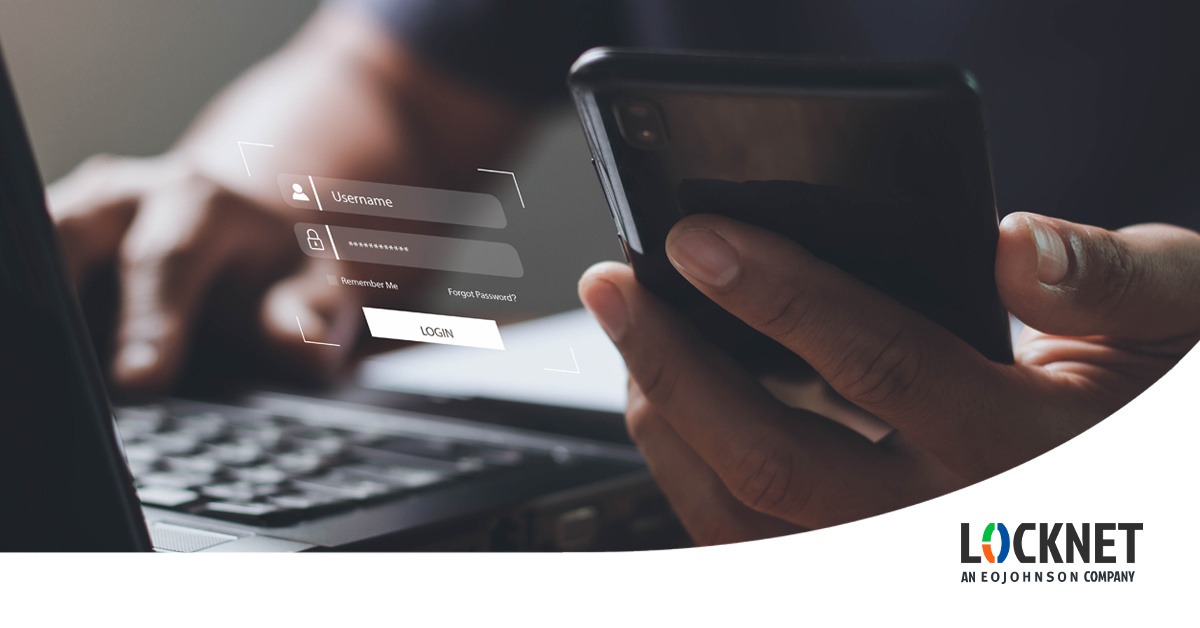Industries We Serve
World Class IT Support & Service
Real People. Right Now.
About Locknet® IT Services
From the first hello, the Locknet® team is dedicated to serving you and your needs.
Real People. Right Now.
From the first hello, the Locknet® team is dedicated to serving you and your needs.


Updated March 4, 2024
Securing sensitive information is paramount today. One of the most effective ways to enhance security is through multi-factor authentication (MFA). However, like any other system, MFA can be prone to misconfiguration, which can lead to security vulnerabilities. This blog post will delve into what multi-factor authentication is, its benefits and importance, and how misconfiguration can impact its efficiency.
Multi-factor authentication is a security enhancement that requires you to present two pieces of evidence when logging into an account. Sometimes it’s also referred to as two-factor authentication. The credentials fall into these three categories – something you know (like a password or PIN), something you have (like a smart card or verification app), or something you are (like a fingerprint). To be considered MFA, the credentials must come from two different categories.
There are several benefits of multi-factor authentication by making it harder for the bad guys to impersonate someone.
The primary benefit of multi-factor authentication is enhanced security. By requiring multiple forms of identification, it becomes significantly harder for potential attackers to gain access to your accounts.
MFA reduces the risk of fraud by making it more difficult for hackers to impersonate users and gain access to computers, networks, or databases.
Many industries have regulations that require companies to protect sensitive data with measures like MFA. Implementing this form of security can help your business stay compliant with these rules.
The importance of multi-factor authentication cannot be overstated in a business environment where cyber threats are increasingly sophisticated and frequent.
Phishing attacks are common cyber threats where attackers trick users into revealing their passwords. With MFA in place, even if an attacker obtains your password through phishing, they will still need your second factor – something they're unlikely to have – to breach your account.
Many users have weak passwords or use the same password across multiple platforms, making it easier for attackers to gain access. MFA adds an extra layer of security that doesn't rely solely on passwords.
For businesses that handle sensitive data, MFA is crucial. It ensures that even if an employee's login credentials are compromised, the attacker cannot access the system without the second factor.
The goal of MFA is to create a layered defense that makes it more difficult for an unauthorized person to access a target such as a physical location, computing device, network, or database.
It’s one of the best things companies can do to protect their security. When organizations deploy MFA on all remote access points, they can significantly reduce the likelihood of an attacker successfully using stolen credentials to compromise a network.
While MFA is one of the best things businesses can do to improve their security posture, opportunities are available for attackers when MFA fails due to improper configuration. Misconfiguration refers to incorrect setup, which can lead to vulnerabilities in the system. Here are a few examples:
An attackers’ ability to circumvent MFA is still rare, especially if it is configured correctly. Organizations can make it more difficult for them in several ways:
By understanding what multi-factor authentication is and its importance in today's business environment, you can better protect your organization from cyber threats and ensure it’s compliant with industry regulations. However, misconfigurations can undermine your security efforts.
If you still have questions, the team at Locknet is here to help. As a managed IT service provider, we can start with a comprehensive security assessment of your organization and evaluate opportunities where multi-factor authentication should be implemented or reconfigured to be more secure.
Cybersecurity

Onalaska, WI Waterloo, IA Wausau, WI Eau Claire, WI Burnsville, MN
You are now leaving locknetmanagedit.com. Please check the privacy policy of the site you are visiting.